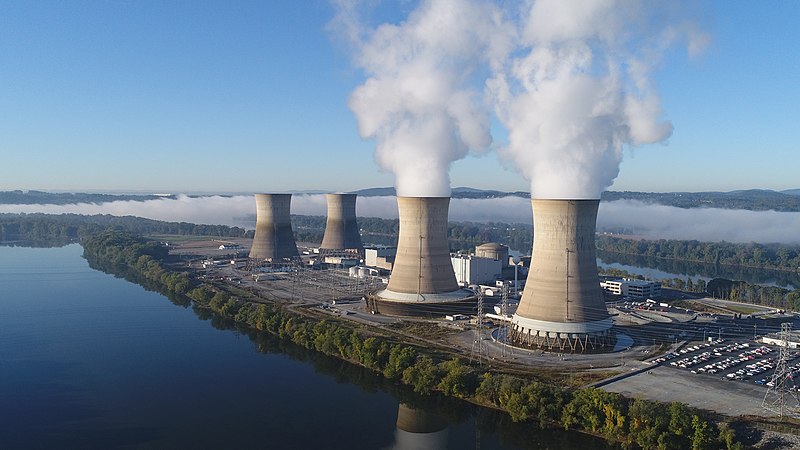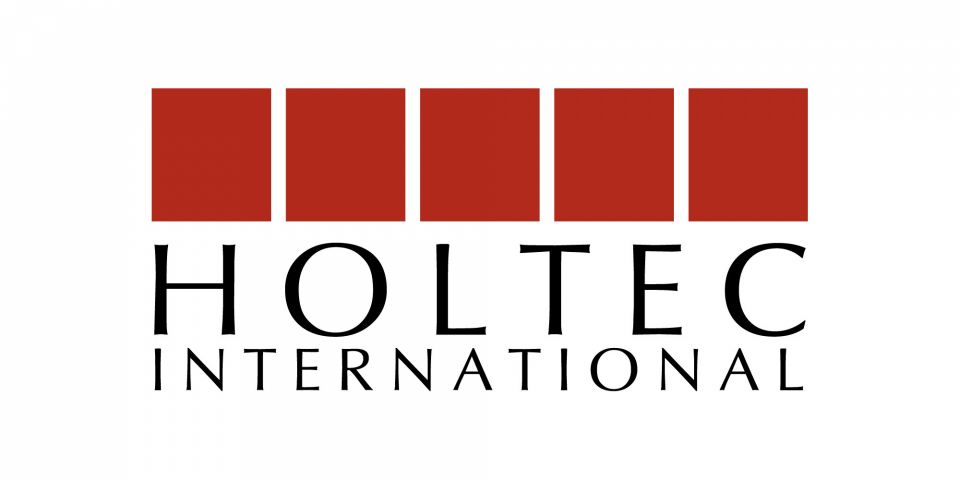Recap: The 2023 ANS Winter Meeting
The American Nuclear Society’s 2023 Winter Meeting and Expo opened on November 12, and its packed opening plenary the next day generated a lot of buzz. Featured speakers included West Virginia senators Shelley Moore Capito and Joe Manchin as well as Nuclear Regulatory Commission chair Christopher Hanson. They each addressed top issues facing the nuclear enterprise to a full house of more than 1,000 members of the wider nuclear community.





